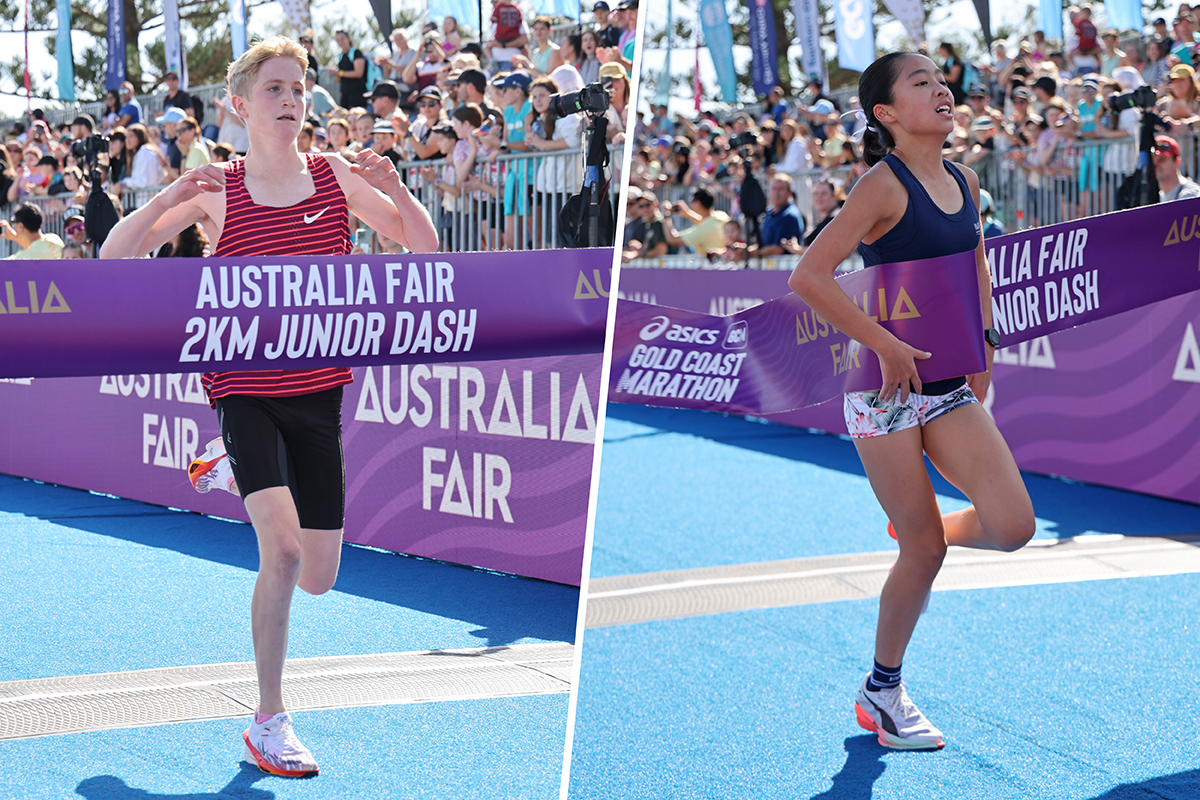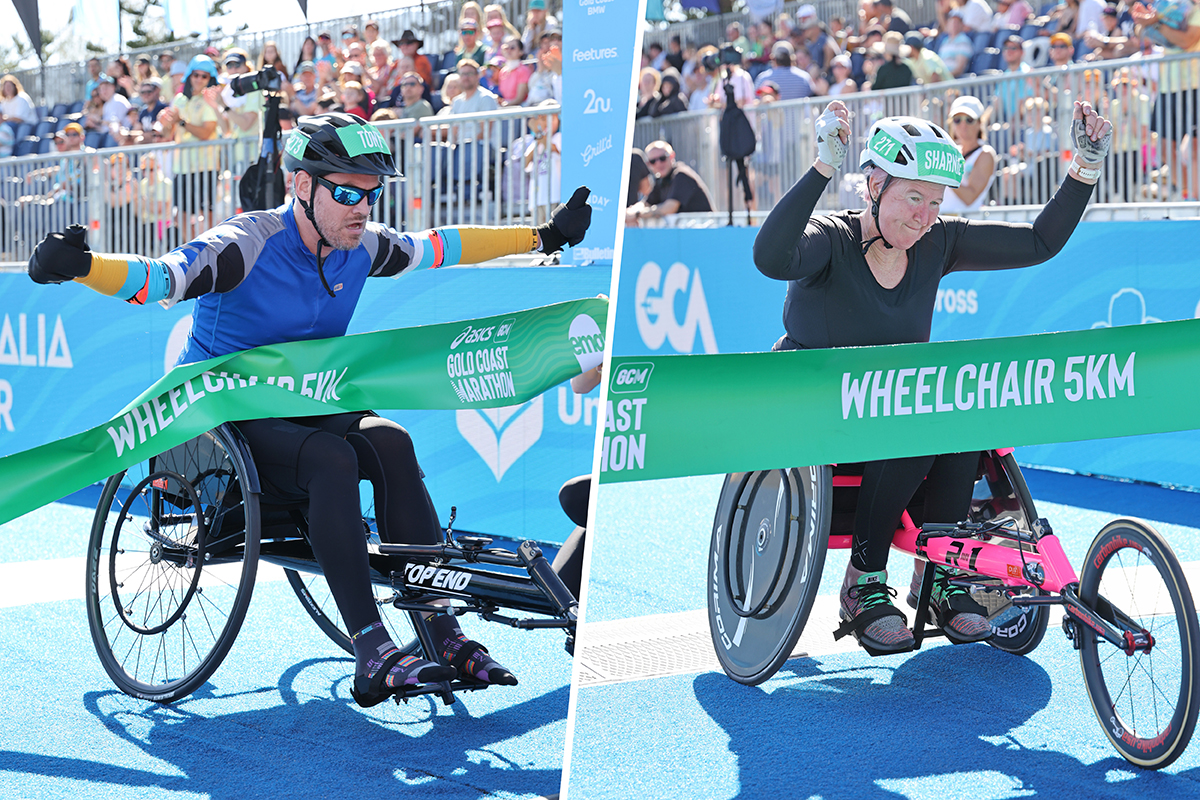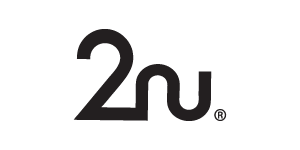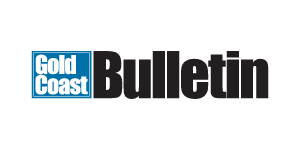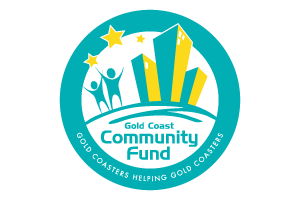In one of the most spectacular wheelchair race performances seen on the Gold Coast course, Victoria’s Sam Rizzo took the men’s 2025 Gold Coast Wheelchair...
Tight calves? Stop stretching and start strengthening
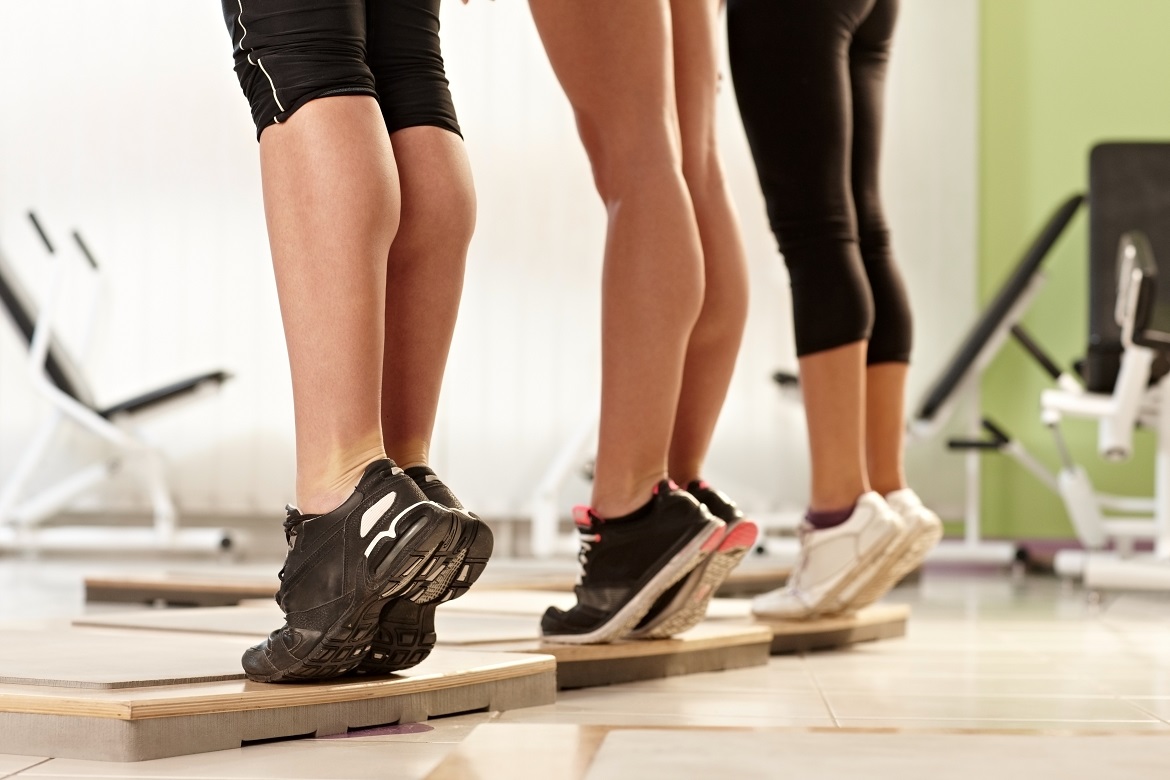
Words: Brad Beer
Author of 'You CAN Run Pain Free! A physio’s 5 step guide to enjoying injury-free and faster running'
Runners often tell me they are concerned about the potential repercussions such as calf tightness or increasing the risk of a calf tear. Runners feel the need to stretch their calves frequently because of the tightness they feel. Common sense dictates that if calves feel tight then stretching them should be the solution. While it may give a temporary reduction in the sensations of ‘tightness’ stretching the calf musculature to reduce the sensation of ‘tightness’ is ultimately not effective.
Typically the chief driver for recurring calf tightness is relative calf ‘weakness’. Greater than 50% of the running propulsion is produced by work of muscles below the knee, the gastrocnemius and the soleus (the ‘calf’) being the primary movers. Hence it makes sense not to neglect the strength of the calf musculature.
The benefits of strong calves
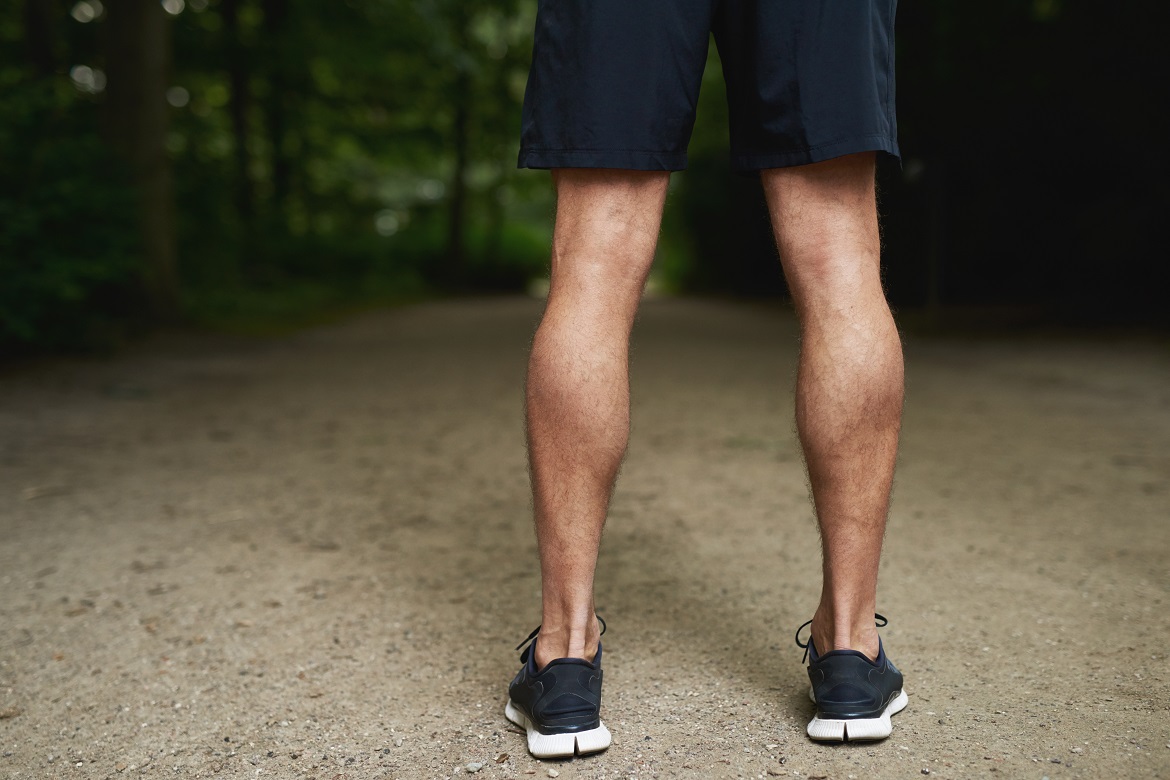
A runner with good calf strength can reduce calf tightness
Aside from getting faster by having stronger calves (i.e. better force generation for propulsion), a runner with good calf strength can expect to experience less pesky calf tightness.
The other benefits of working on calf strength are:
- Stronger calves can help reduce the loads experienced by the shins (tibia), thereby reducing the risk of shin splints or tibial stress reactions.
- Reduced loading of the achilles tendon and therefore a reduction in risk profile for nasty and frustrating running injuries such as achilles tendinopathy and achilles tendon tears.
How to strengthen your calves
1. Calf raises at home
Calf raises at home work by developing strength and endurance using your body weight. They should be slow and controlled. Please note that since this video was recorded I have shifted the ‘goal posts’ and the daily number of required raises is now 50 per day, up from 30 per day.
Watch for common ‘mistakes’ that will lessen the work being done by the calf muscles. These mistakes include:
- going too fast with the raises
- rocking the body forwards and backwards when the calf muscles fatigue
- not coming up high enough into the raise
- shifting your body weight over onto the outside of the foot rather than keeping the pressure underneath the first and second toes
Aim for 50 on each leg daily. To begin with this might look like 3 x 12 reps. Ideally, over time, the raises can be done in one set (i.e. 1 x 50 reps). To make the raises harder, slow the pace down. By going from 1 second raises to 3 second raises, you are putting the muscle/tendon unit under load for longer and therefore generating more strength (get ready to really feel the burn though!).
Bonus: Many runners worry they will tear or strain their calves as the muscle feels ‘vulnerable’ and tight when doing the raises. Rest assured that you will have greater risk of tearing your calf while out running with ‘weaker’ calves than you will by performing controlled calf raise exercises.
2. Calf raises in the gym
Calf raises at home focus on building endurance and strength. Loaded calf raises in the gym is where true strength gains can be made. For example, using a smith rack and small toe wedge to facilitate raises.
The ultimate target would be 0.3 -0.4 x your body weight raises that are completed in a controlled manner (i.e. 3 - 6 second per rep, with 3 - 4 sets of 6 - 8 reps being completed).
The forgotten part of the ‘calf complex’ is the soleus. The soleus is responsible for a large portion of the 50% of propulsion that comes from below the knee with running force generation. In fact the soleus has the highest degree of muscle pennation (angling of fibres as they insert into the achilles tendon) of any muscle in the body. What does this mean? It means the soleus has been designed to do some serious work!
Struggling with calf tightness and recurring strains?
If you have felt plagued by recurring calf strains or calf tightness despite your best efforts to address the problem, you can get on top of your problem. I suggest a comprehensive assessment by a trained health practitioner who ideally has an interest in running. I have seen many runners get on top of their calf pain or tightness with adequate strengthening work. It is characteristically the very thing that the frustrated runner has missed doing as part of their prior efforts or rehabilitation.0
Brad is the founder of Gold Coast based physiotherapy group POGO Physio, author of Amazon.com best selling book You CAN Run Pain Free! A Physio’s 5 Steps to Enjoying Injury Free and Faster Running and is a regular participant at the Gold Coast Marathon.



